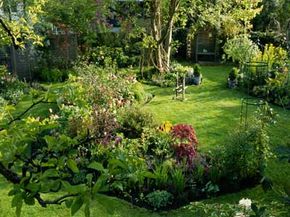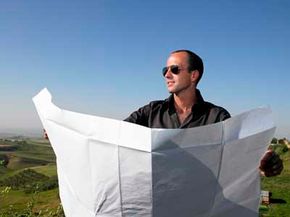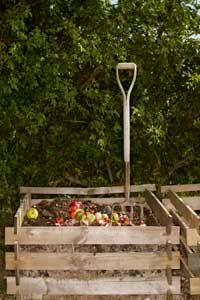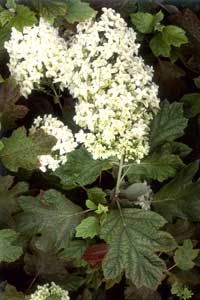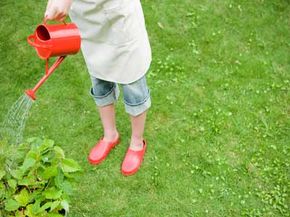Picture two brick ranch-style houses, side by side. There's nothing remarkably different about their architecture or aesthetic -- except for the yards. One lawn is well-tended with neat beds of vibrant plants splashed among freshly mown Kentucky bluegrass. The other looks pitifully neglected with yellow, parched grass and scraggly shrubs that conceal the house's front windows. If you had pick between these two houses solely based on the curb appeal, which would you choose? The one with the nicer landscaping, right?
Thoughtful landscaping can improve your overall satisfaction with a home while you live there, as well as the chances of luring of potential buyers when you move. In fact, landscaping is an investment that can boost the value of your home up to 11 percent [source: Garskof]. If done well, you can recover up to 200 percent of landscaping expenses when you sell your house [source: American Nursery & Landscaping Association]. But to reap those benefits in the long term, you have to spend some money initially. Depending on how drastic of a transformation you're going for and how you go about it, a landscaping budget can grow as quickly as summertime weeds. Some experts recommend allotting between 5 and 15 percent of your house's worth to pay for a lawn makeover [source: Archer].
Advertisement
What if you don't have thousands of dollars to spend? Although it will require a little more sweat and strategizing, you can pull off a landscaping project easily on a lean budget. Here are 10 tips to revamp your yard thriftily, organized from the beginning of your landscaping endeavor to when everything's in the ground.
